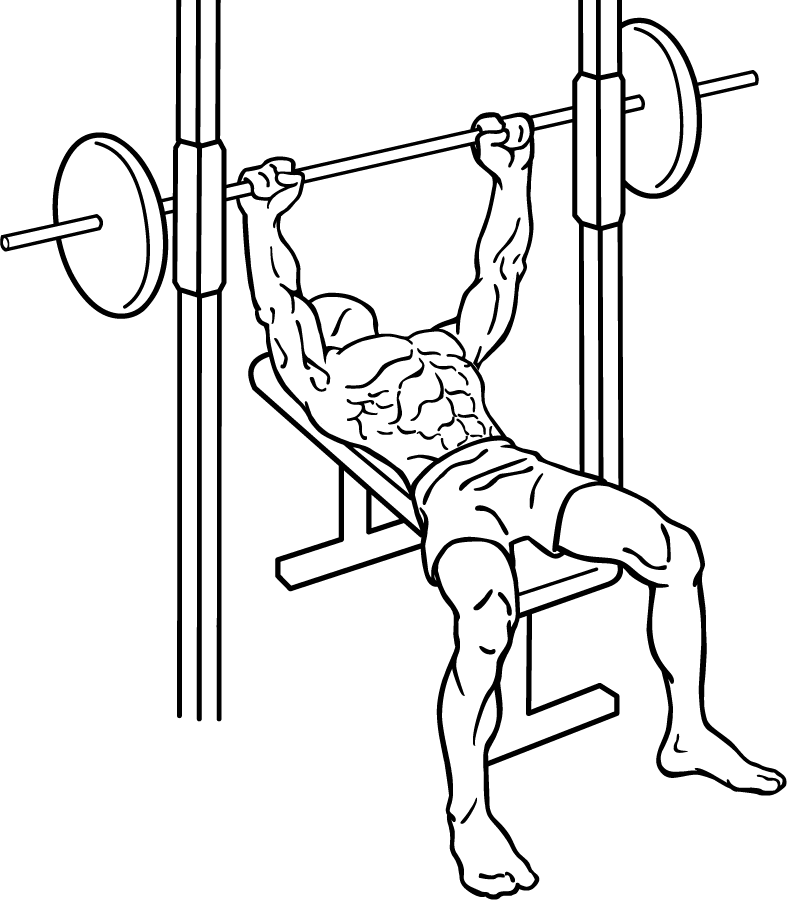When you look online to learn about personal fitness, many swear that everyone should avoid Smith Machines and only use free weights. A Smith Machine looks just like a normal bench press at the gym, except that the bar is held in place by two poles/rails that limit its movement to only vertical directions. This limitation is the main criticism of the machine. “I’m not a fan of Smith Machines,” said senior athlete Dylan Damer, “It eliminates the work of stabilizer muscles and the ability to control the bar.” Damer elaborated that these stabilizer muscles help to prevent injury since they offer improved balance, important for any sort of athlete. Senior Dean Rose pointed out another flaw with Smith Machines, the range of movement. “It’s not so much you’re missing out on gaining muscle, you’re missing out on real life use of your muscle. If you’re only able to do a push [motioned a vertical push], if you are doing anything in real life pushing like this [motioned a horizontal push] or lord forbid you go in a curved motion, you can’t do anything” said Rose.
Smith Machines do have their benefits though. Smith Machines have hooks that make racking and unracking the bar easier. According to Damer, “If you can’t get a spotter, it’s easier to rerack [the bar] if you get stuck” making solo workouts more viable and safe. Another benefit of the Smith Machine is that there is more variety in the lifts that you can do on these machines like incline presses and hack squats, allowing for the isolation and training of specific muscle groups. Finally, since the bar is on a pole/rail, Smith Machines are great for newer lifters since they don’t have to worry about tipping over as they would with a free weight.
Despite what the internet may say, Smith Machines are a useful tool for many workout routines. However, in pursuit of that flexibility, the Smith Machine sacrifices a vital part of benching exercises and leaves people less prepared for the physical challenges that life will throw at them.







